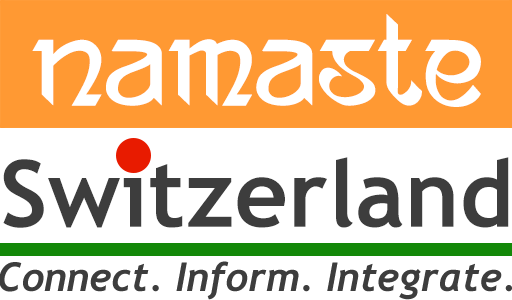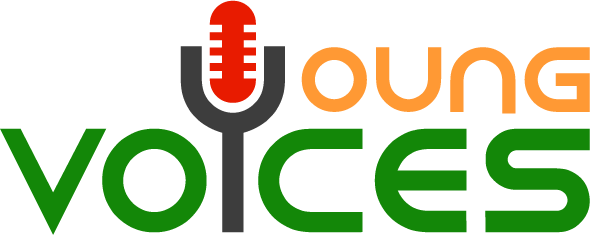About the Author
Margaret Oertig is of Scottish origin and has lived and worked in Switzerland since 1987. She and her Swiss husband have two daughters who went through Swiss schooling. Oertig has a Master’s degree in education and is also a lecturer on intercultural issues.
Why should you read it?
If you have children and are new to Switzerland and if you are considering the Swiss schooling system, or contemplating moving from the International to the local schooling system, then this book will be particularly useful to you.
The Swiss school system can be difficult to navigate as education isn’t centralised at a national level, but remains the responsibility of each individual canton. The book offers practical advice, including how not to be overwhelmed by the difference between Swiss-German and High German.
An Overview of the book
The book is divided into 8 sections, with section one to five focusing on the stages of education in Switzerland. The remaining sections share advice and tips on how parents can work with the school, about the variations across cantons, useful terminology and acronyms.
The author talks about the emphasis placed on independence and self-resilience in the Swiss schooling system. Beginning from kindergarten, when children are expected to walk to school without adult accompaniment, and the practise of teachers focusing on pupils’ weaknesses over promoting their strengths.
The book covers the education system in the whole country. It provides tables that list key information for all 26 cantons – including names of all school types in German, French, Italian and English. It discusses the different criteria for selection for the academic path around the country, like entrance exams, class marks, the teacher’s assessment of the child’s maturity level, etc. It also explains the different routes to university.
There is also helpful information regarding dealing with bullying, children with special needs, gifted children, how to formally appeal a school’s decision, etc.
Key takeaways from the book
- Understanding the Harmos System – In 2009, the Intercantonal Agreement on Harmonisation of Compulsory Education, known as the HarmoS came into effect and was adopted by several cantons in Switzerland. This initiative was developed to maintain more consistency throughout the Swiss cantons. Some cantons such as Zug, have chosen not to implement HarmoS. HarmoS includes obligatory education from four years of age (kindergarten), continuing with nine additional years of schooling.
- The author emphasises that it is difficult to summarise the education system which she compares to ‘describing 26 moving objects’, as there are so many variations across the 26 cantons. She recommends calling up your respective canton’s Department of Education and requesting to be put on their mailing list to receive updates about different stages of the school.
- Key milestones in a child’s schooling include age 4, when the child attends kindergarten, age 6 when he/she enters school, age 10 or 11 when the assessment process begins to screen children into different streams (lower secondary). This can be a confusing time for many parents, as students are streamed into either gymnasium, an apprenticeship, a commercial or IT school or a specialised school. Assessments are done based on a) marks from continual assessment, class tests and cantonal exams, b) external exams and c) the teacher’s all-round assessment of the student.
‘Going local’ can be purchased online from Bergli Books here.
Disclaimer: Opinions expressed belong solely to the content provider. Namaste Switzerland does not undertake any financial/reputational/legal/misrepresentational impact or other obligations/ liabilities that may arise from the content.












